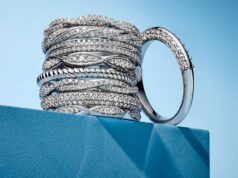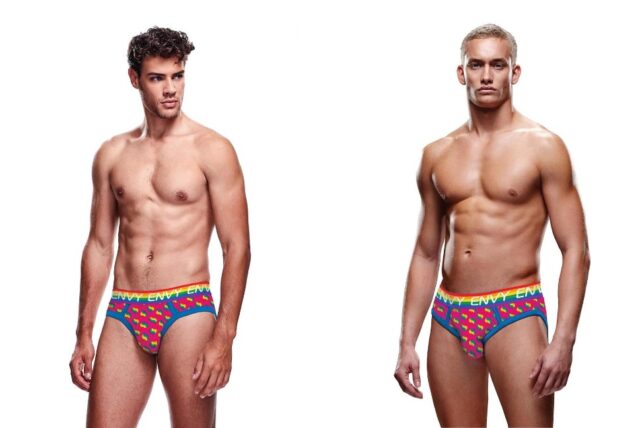
Men’s underwear has come a long way from its utilitarian origins to the diverse and stylish options available today.
This evolution reflects broader changes in societal attitudes towards fashion, masculinity, and self-expression.
From simple loincloths to sophisticated briefs, boxers, and thongs, men’s underwear has continuously adapted to cultural shifts and advancements in textile technology. If you are looking to buy something interesting and attractive, check out EnvyMensWear.
Let’s take a closer look at this fascinating journey.
Early Beginnings ─ Loincloths and Basic Coverings
The history of men’s underwear dates back thousands of years. In ancient civilizations like Egypt and Mesopotamia, men wore simple loincloths made from linen or other natural fibers. These early garments were designed primarily for practicality and modesty, offering basic protection and support.
The loincloths of ancient Egypt, for instance, were often intricately woven and sometimes even adorned with decorative elements, hinting at an early appreciation for aesthetics.
The Middle Ages ─ Functional but Unremarkable
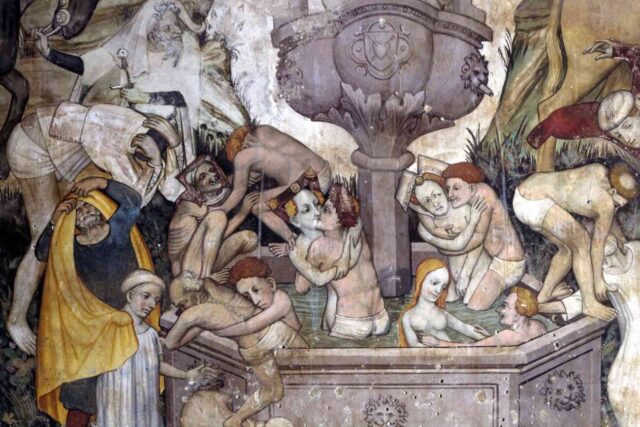
During the Middle Ages, men’s underwear remained relatively simple. The braies, a type of loose-fitting trouser, became the standard undergarment for men in Europe. Made from linen, wool, or other available materials, braies were typically knee-length and secured with a drawstring.
While not particularly sexy by today’s standards, they provided a functional layer beneath outer clothing. The focus remained on practicality, with little attention paid to style or sex appeal.
Renaissance and Enlightenment ─ A Shift Towards Elegance
The Renaissance period saw a shift towards more refined and elegant clothing, including underwear. Men’s undergarments became more fitted and tailored, reflecting the changing ideals of masculinity and fashion.
The introduction of the codpiece, a padded and sometimes ornate covering for the groin, added a new dimension to men’s underwear. While the primary purpose of the codpiece was protection and modesty, it also became a symbol of virility and status.
The 19th Century ─ The Birth of Modern Underwear
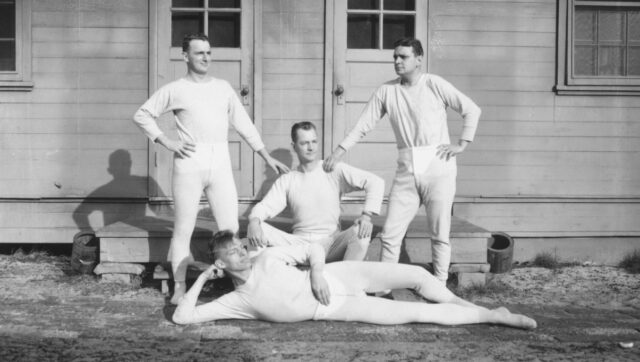
The Industrial Revolution brought significant advancements in textile manufacturing, leading to the creation of more comfortable and practical underwear. The 19th century saw the introduction of drawers, which were closer-fitting and more supportive than previous garments. These early versions of modern underwear were often made from cotton, providing improved comfort and hygiene.
By the late 1800s, union suits—a one-piece garment covering the body from neck to ankles—became popular. While not particularly sexy, union suits represented a significant step towards the development of more functional and comfortable underwear. The focus was still on practicality, but the stage was set for future innovations.
The 20th Century ─ Innovation and Diversification
The 20th century marked a period of rapid innovation and diversification in men’s underwear. The invention of elastic waistbands in the 1920s revolutionized underwear design, leading to the creation of briefs. These close-fitting undergarments offered improved support and comfort, quickly becoming popular.
The mid-20th century saw the rise of boxers, offering a looser and more relaxed fit compared to briefs. This period also witnessed the introduction of synthetic fabrics, further enhancing comfort and durability.
By the 1970s and 1980s, men’s underwear had become a significant fashion statement, with brands like Calvin Klein leading the way in creating stylish and sexy options. Advertising campaigns featuring athletic and toned models helped to redefine the perception of men’s underwear, emphasizing sex appeal and self-confidence.
The 21st Century ─ A Celebration of Diversity and Individuality
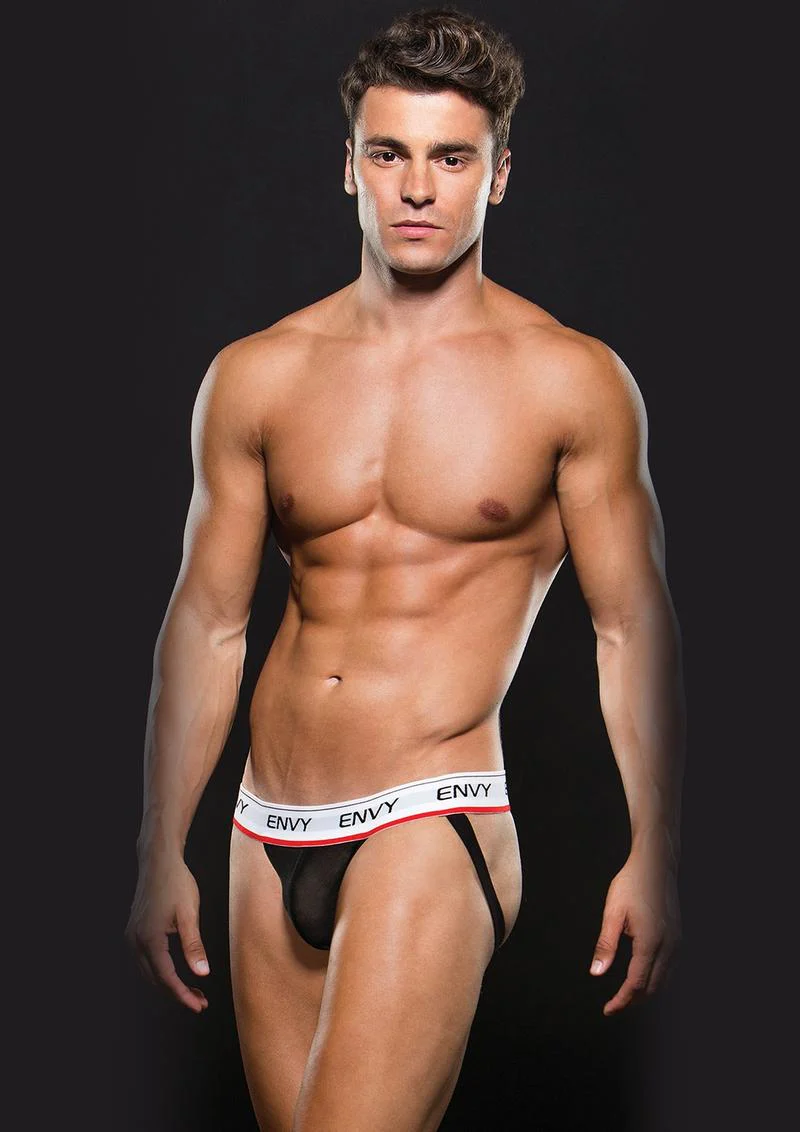
Today, men’s underwear is a thriving and diverse market, offering a wide range of styles, materials, and designs. From classic briefs and boxers to thongs, jockstraps, and trunks, there is something for every preference and body type.
Modern brands focus on combining comfort, functionality, and sex appeal, using advanced fabrics and innovative designs.
The rise of inclusive and body-positive marketing has also played a significant role in the evolution of men’s underwear. Brands are increasingly celebrating diversity, featuring models of different body types, ethnicities, and ages.
This shift reflects a broader cultural movement towards acceptance and self-expression, encouraging men to feel confident and sexy in their underwear, regardless of societal norms or expectations.
Conclusion
The history of men’s sexy underwear is a testament to the ever-evolving nature of fashion and self-expression. From the simple loincloths of ancient times to the stylish and diverse options available today, men’s underwear has undergone a remarkable transformation.
As society continues to evolve, so too will the styles and attitudes towards this essential yet often overlooked aspect of men’s fashion.

